Last week the San Carlos School District sent a letter to Jeff Maltbie, our City Manager, and me asking that the Council consider entering into a land swap with the District. I am strongly in favor of the Council pursuing this opportunity. If you’d like to learn why, read on.
We are blessed with a great climate, and because we encourage each other to relax and play outdoors, we all want to use our parks. As a result, anyone who has lived in San Carlos for a while knows how desperately short of athletic field space we are. All you have to do is stop by any of our larger parks during the late afternoon or evening, or weekend, to see how heavily used they are. And that doesn’t address the casual, less-organized usage they see.
Acquiring land for parks is certainly an option, but it’s an expensive one. It could easily cost more than $6,000,000 an acre to buy land, and a decent park-and-field could require several acres.
The City owns a roughly 4 acre tract of land on Crestview Drive, just south of Club Drive, across the street from Vista Park (this is not Crestview Park; that’s a completely different piece of property). It’s buildable, although part of it has a somewhat steep grade.
The District owns the Tierra Linda campus, which has a roughly 4 acre section that could be better utilized. It’s on the eastern edge of the campus, encompassing the Montessori school, upper parking lot, the existing baseball field, and some undeveloped land to the south and north of the baseball field.
The estimated market value of the properties differ, both because they’re slightly different sizes and because they face different development constraints. For example, the Tierra Linda land would require a new access road — which would require purchasing a home along Dartmouth — to be developed by a third party (which is not under consideration; it’s just the standard used by appraisers). On the other hand, the City would like to retain easement rights on the Crestview Drive property to perhaps one day have an entrance/exit ramp to Interstate 280 built.
So it’s not clear if a straight swap is in the interest of both the District and the City, at least for purely financial reasons. On the other hand, land swaps are rarely done without some cash or other source of value changing hands, so that’s not necessarily a showstopper. It’s just one of the things that would have to be negotiated to see if a mutually satisfactory deal can be struck.
However, it’s important to keep in mind financial considerations are not the only considerations in play here. Yes, any given piece of property has a value based on what you could sell it for to a developer. But it may also have a different value to the community.
I like to say — purely for the sake of argument, I assure you! — that the Council could raise many, many millions of dollars by selling Burton Park to a developer. But we would, quite correctly, be pilloried for doing so. Because Burton Park’s value to the community is enormous. None of us lives by bread alone, and while we shouldn’t be cavalier in balancing financial versus non-financial considerations, we shouldn’t ignore non-monetary values, either.
So what non-monetary values does the proposed swap offer? Here are a few:
- The opportunity to create an additional top-shelf playing field. One that could be finished with artificial turf for extended playing hours and year-round use.
- A second, albeit smaller, playing field on the grounds of a new Charter Learning Center, which CLC has indicated they’d be willing to let the community use outside of school hours.
- Retention of an important existing athletic field — at Heather School — because the District’s fallback position is to build CLC at Heather, significantly curtailing or eliminating the field.
- Less painful traffic congestion, by putting CLC in a place which currently does not experience much school traffic. Also, avoiding creating a bad traffic situation at Heather School, because access off Melendy Drive is awkward.
The main downside depends on neighborhood reaction to putting a school on the Crestview Drive property, and the additional traffic that would flow up Club Drive and Melendy Drive during drop-off and pickup times. It’s worth remembering neighborhood reaction is likely a downside to any change in use of the Crestview Drive property, so the impact from swapping the land is the difference between the two potential reactions.
To me, the non-financial upsides significantly outweigh the downsides. The net impact is a big plus for the community, meeting part of a long-standing need for more, not less, field space. What’s not to like?
But there’s another perspective which makes the whole issue of having to balance differences in value pretty much moot.
It’s natural to think a negotiating situation — the City versus the District — requires each party to come out whole. But in this case, while two distinct public agencies would be negotiating with each other, we essentially have one community negotiating with itself, deciding what it wants to do with some public land. If the District gets a piece of property worth more than what it gave up, or the City does, San Carlos is pretty much unaffected. Because the same community owns both properties.
That’s not strictly true, of course. For one thing, the District and the City serve slightly different communities. One part of San Carlos is outside District boundaries, and is served by the Redwood City School District (i.e., the Clifford School area). For another, transferring value from the District to the City, or vice verse, changes the nature of the public services able to be provided to the community (e.g., the District does not use its funds to foster economic development, while the City does not spend its money providing educational services).
Nonetheless, while those things are important for each agency’s ability to fulfill its mission, they are arguably of secondary importance to the community as a whole. They shouldn’t determine whether or not a swap is pursued.
In fact, the community ought to have a bigger say in this kind of community resource allocation than its elected officials. You elect some of us to deliver municipal services, and you elect some of us to deliver educational services.
But we all work for you. What do you want us to do?
There are several ways you can tell us:
- Write or call Council members and Board trustees. Their contact information is available at http://www.cityofsancarlos.org/depts/mayor_council/default.asp and http://www.sancarlos.k12.ca.us/school-board/board-members/, respectively. Click on the individual Council member links to find phone numbers and email addresses.
- Speak up at a District-hosted special Board meeting this Thursday evening, March 20th. It will be held in the District Office Board Room, 1200 Industrial Road, Unit 9B, starting at 7 PM.
- Speak up at the next Council meeting, this coming Monday, March 24th. It will be held at City Hall, starting at 7 PM.
Please be aware the way in which the District’s request will be addressed by the Council hasn’t been decided yet. The Council will either be taking it up as an agenda item (in which case you’ll be speaking when the item comes up) or deciding whether or not to discuss it at a future meeting (in which case you’ll be speaking during general public comment at the start of the meeting). I’ll post more information about which path is being taken as it becomes available.
So what are your priorities? How do you balance fields versus cash, municipal services versus educational ones?
If you have an opinion or a perspective, this would be a good time to share it!
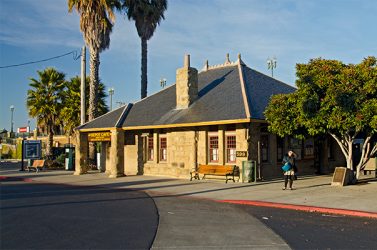
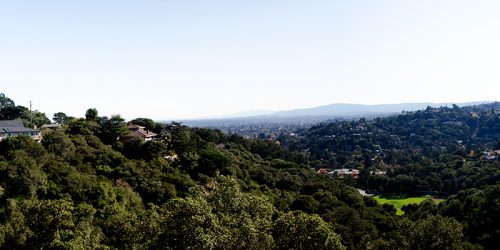
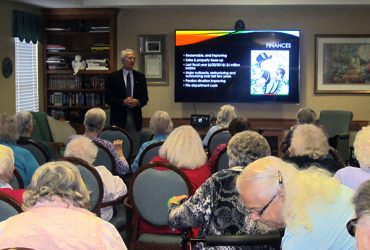
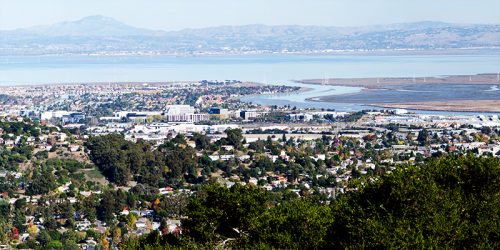
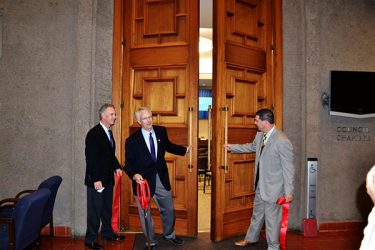
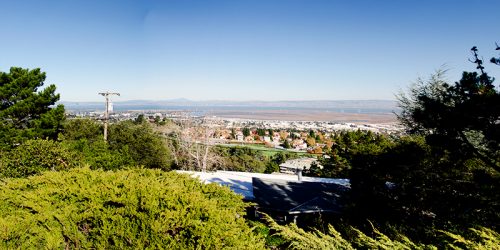

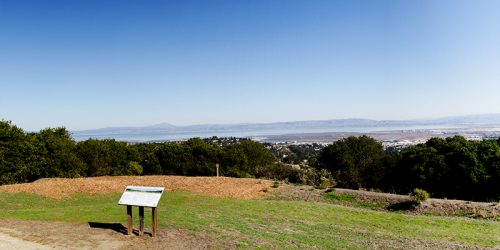
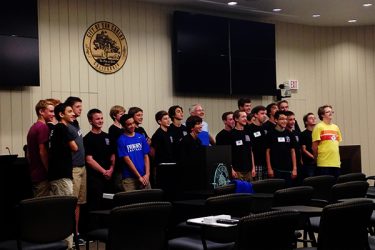
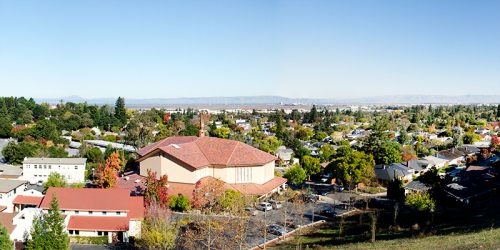
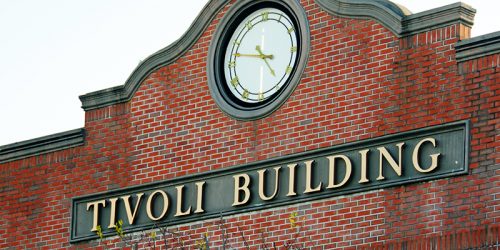
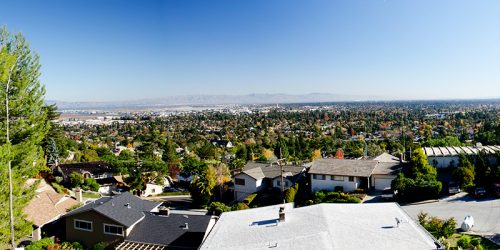
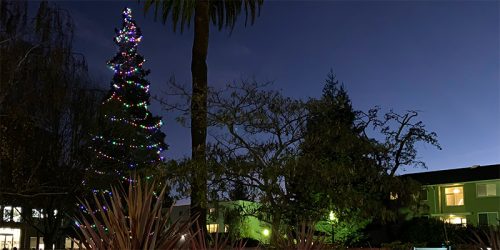
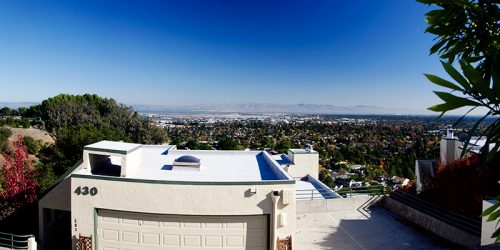
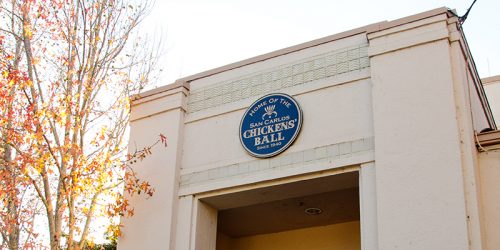
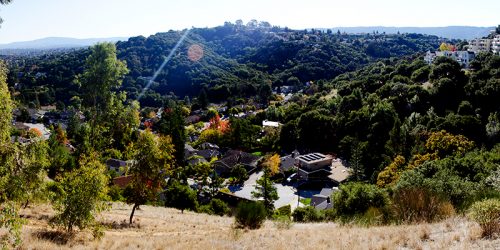
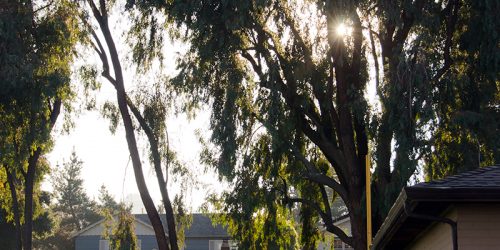
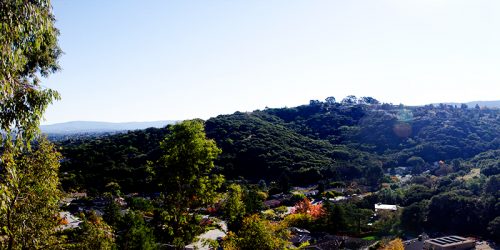
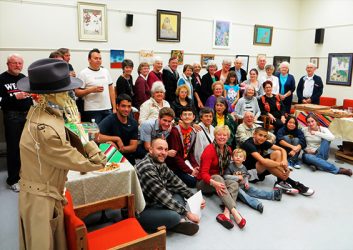
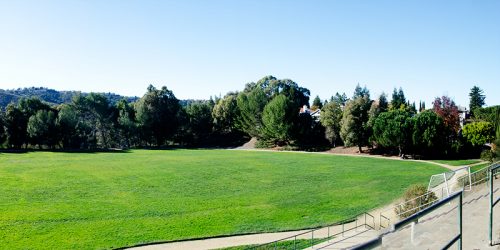
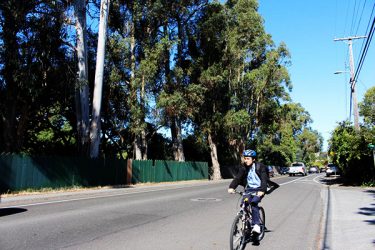
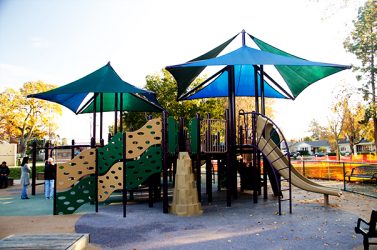
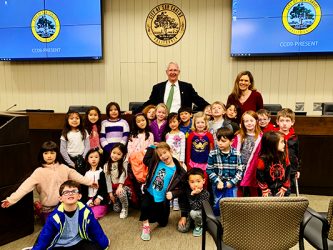
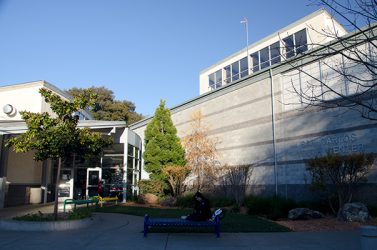

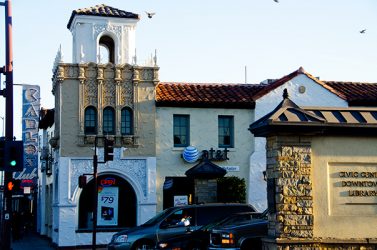
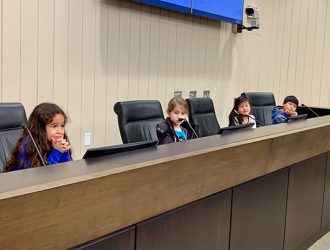

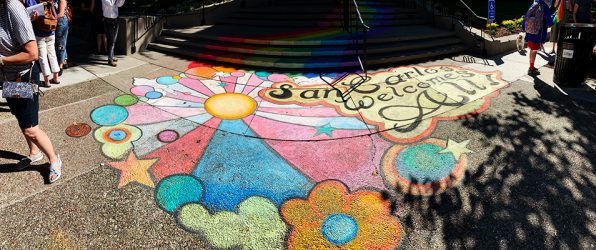
6 thoughts on “Taking the Field”
I’m against the swap. I would like to see the land sold to a developer for town home development. That would bring in millions of dollars more that could be used for affordable housing in San Carlos. It’s sad that potential home buyers have to make $200,000 a year to be able to afford to buy a home in San Carlos. An elementary school would not draw children from this area, so it would not be a neighborhood school. Children and staff would have to drive Club Drive or Crestview Drive to get to the school causing lines of cars in the morning and in the afternoon. We already have commute traffic in those hours from cars coming up Club Drive to Crestview Drive to get to Highway 280 towards Silicon Valley. Frances Nuss 2 Violet Lane San Carlos
Pingback: Seth Rosenblatt – San Carlos School Board » Landing on a Good Solution
I think this is an elegant solution to a very difficult problem. I believe that it benefits the long-term interests of the majority of the citizens of San Carlos.
So all this boils down to a desire for more athletic field space? We should build a new charter school in a neighborhood with very few children , draw students from outside San Carlos thereby creating new traffic and noise problems in a neighborhood which derives its value from a tranquil, natural environment? Are we willing to jeopardize the value of our homes because we want more athletic fields? Of course not!
We are not in favor of the land swap, or for the development of a school on Crestview Drive. With the current financial difficulties San Carlos is experiencing (e.g. evidenced by the lack of funding to upgrade Crestview Park), it would be of a greater benefit to sell the land to a developer for the estimated offer of $20 million. Out of interest, how much is “some undeveloped land” that is reported to exist at the Tierra Linda site?
Some additional information based on questions or points made in the comments so far…
With the exception of White Oaks, none of the local public schools are neighborhood schools. Their service areas are quite extensive, and while some kids do walk to and from school, most do not.
Any charter school can theoretically accept students from anywhere in California. In practice, and because they can establish preferences, that tends not to be an issue. There are kids from outside San Carlos at CLC, as there are at all the other public schools in town, but their number is dropping over time. I believe the current “out of San Carlos” population at CLC is about 20%.
The Council voted to approve additional funding to cover most of the increased cost of the Crestview Park project. I can’t speak for the rest of the Council, but for me the point was not “we don’t have the money” but rather “let’s show a little fiscal self-discipline”.
The TL land proposed for the swap is roughly the same size as the land on Crestview Drive.